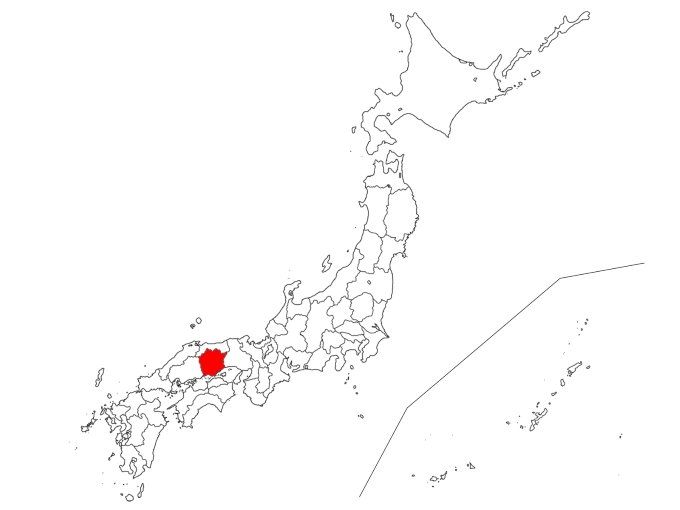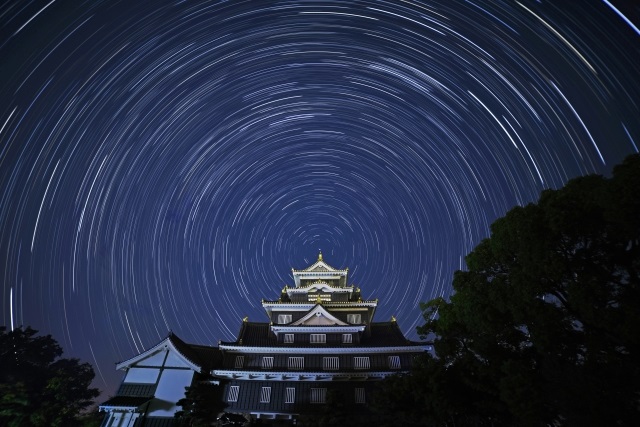Contents
1.Basic Information
Okayama Prefecture is home to historical tourist spots such as Okayama Castle, Kōraku-en, Tsuyama Castle, Bitchū Matsuyama Castle, Kibitsu Shrine, and Kurashiki. Visitors can also enjoy nature at places like the Maki and Ikura Caves and the spectacular views of the Seto Inland Sea from Mt. Washu.
Okayama Castle
Built by Hideie Ukita and completed in 1597 under the guidance of Hideyoshi Toyotomi, Okayama Castle is also known as “Karasujyo” due to its black exterior. It was destroyed during World War II but was restored in 1966. Inside the castle, there are historical exhibits and a Bizen pottery experience corner, and you can take pictures in a traditional basket. Nighttime light-up events are also held.
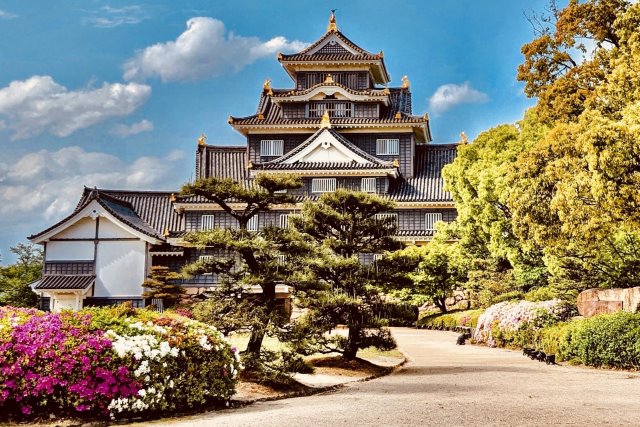
Bitchū Matsuyama Castle
Famous as a “castle in the sky” floating above a sea of clouds, Bitchū Matsuyama Castle is the highest of Japan’s existing castles and is the only one that can be seen enveloped in clouds. The most beautiful sea of clouds can be seen from late September to early April, especially when the wind is weak, and humidity is high. The Bitchū Matsuyama Castle Observatory opposite the castle is an ideal place to view this magnificent scene.
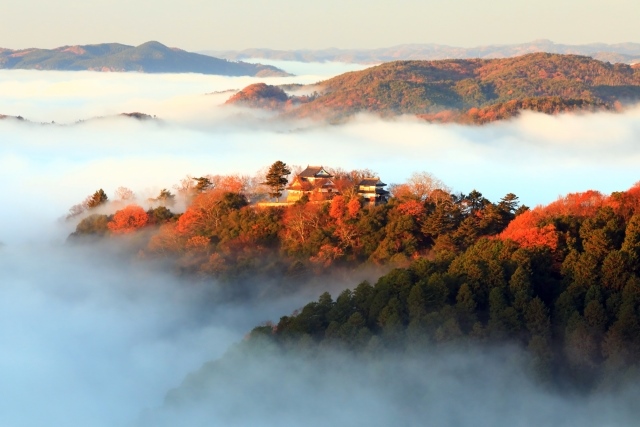
Tsuyama Castle
Located in Tsuruyama Park, Tsuyama Castle was built by Moritada Mori, brother of Ranmaru Mori, who died at the Honnoji Incident. It’s known as one of the most famous cherry blossom spots in Okayama Prefecture. The Tsuyama Cherry Blossom Festival is held every spring, attracting many visitors. The sight of about 1,000 cherry trees blooming against the backdrop of the castle’s stone walls, especially from 18:00 to 22:00 when the trees are illuminated by bonbori lanterns, is breathtaking.
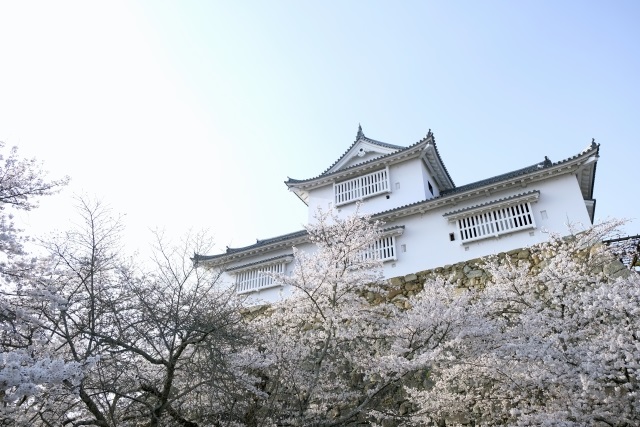
Kibitsu Shrine
Kibitsu Shrine, dedicated to the legendary hero Kibitsuhiko-no-mikoto and his enemy Ura, is known for the demon-slaying legend that inspired the famous folk tale “Momotaro.” The shrine features a beautiful 360-meter-long wooden corridor that blends with nature. It’s popular for its blessings for matchmaking, marital harmony, and safe childbirth, especially among women.
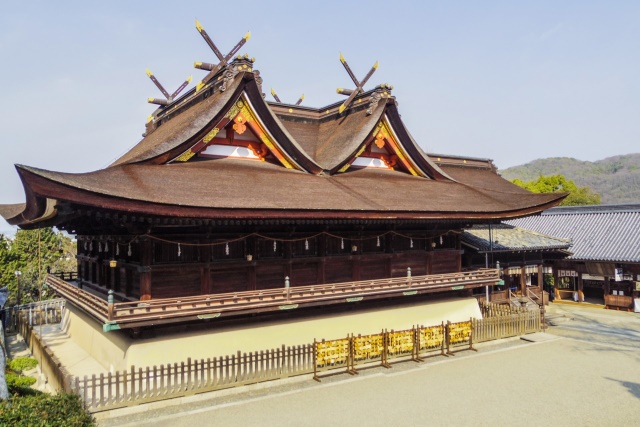
Kurashiki
Kurashiki is an important traditional building preservation district in Japan, characterized by its beautiful streetscape that retains the atmosphere of the Edo period. Strolling along the Kurashiki River, lined with willow trees and white-walled residences, is particularly popular.
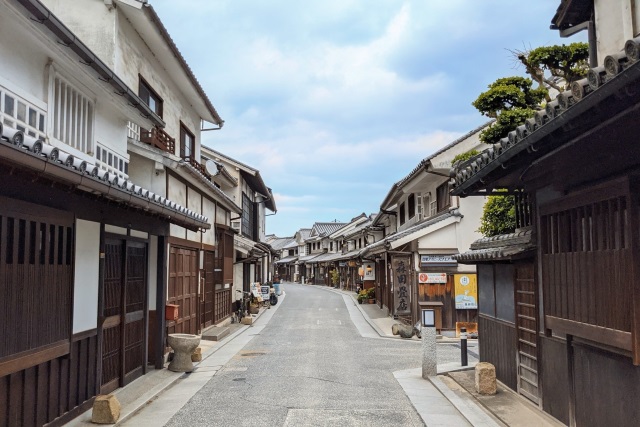
Okayama Kōraku-en
Awarded three stars in the Michelin Green Guide Japan, Okayama Kōraku-en is a large garden built by Ikeda Tsunamasa, a daimyo of the Okayama domain during the Edo period. The garden offers beautiful scenery that conveys the atmosphere of the Edo period with various flowers blooming in each season. Special light-up events, “Fantasy Gardens,” are held at night.
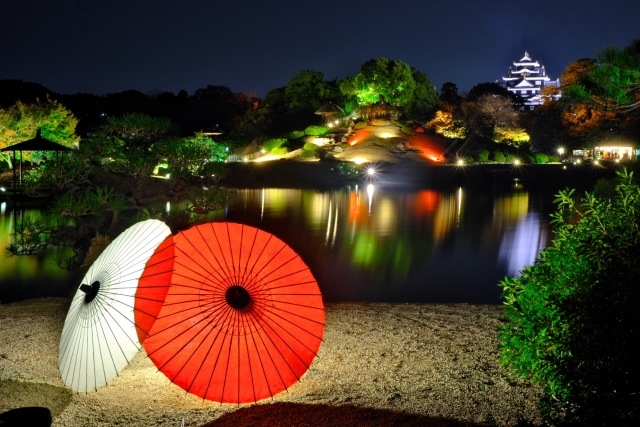
2.Reviews
Maki Cave
Known for its beauty and mystical atmosphere, the Maki Cave is a grand cave, 450 meters long and 25 meters wide, filled with countless stalactites shining inside. The LED-lit stalactites look like natural art. One of the highlights is the “Ryugu Bridge” over the cave’s lake, which, along with the stalactites, enhances the cave’s beauty, making it a popular photo spot.
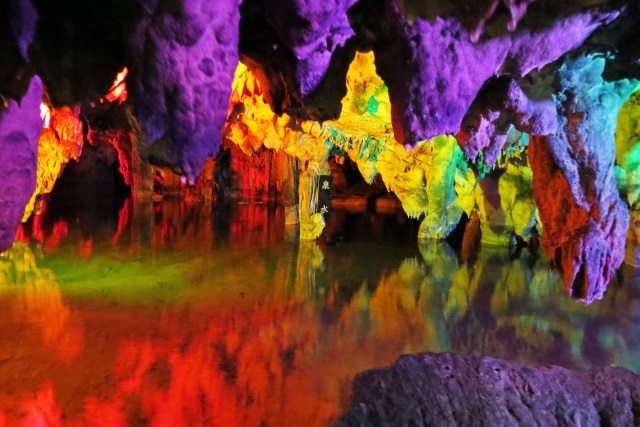
Ikura Cave
Located about 20 minutes by car from Maki Cave, Ikura Cave was discovered during marble mining in 1957 and opened to the public in 1959. The cave has about 30 unique rock formations, including the “Jellyfish Rock,” which looks like a natural artwork. The cave is 1,200 meters long with a 90-meter elevation difference and features sights like “Mizu-koromo” and “Shirogane no Tobira.” It takes about 40 minutes to tour, but spending an hour is recommended to fully appreciate its beauty.
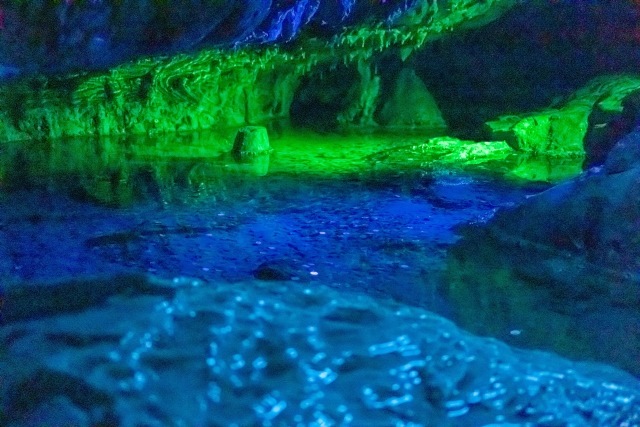
Mt. Washu
Named for its shape resembling a spread eagle’s wings, Mt. Washu offers panoramic views from its 133-meter summit of over 50 islands in the Seto Inland Sea and the magnificent Seto Ohashi Bridge. There are two observatories on Mt. Washu, popular for their views of the islands, the bridge, and even Shikoku on the opposite shore.
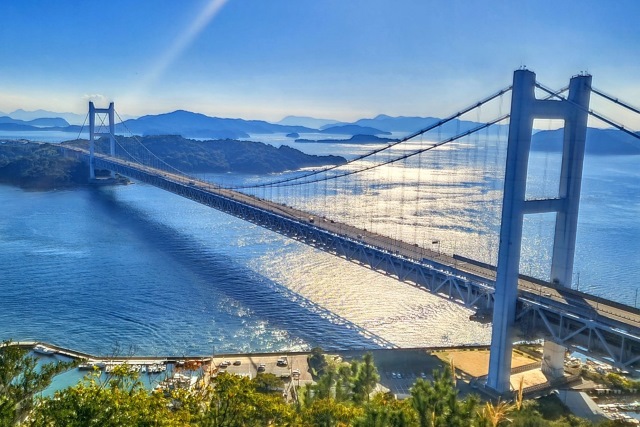
3.Local Food



4.Transportation Information
■ How to Get to Okayama
Okayama Prefecture Tourism Federation Official Site (Multilingual)
https://www.okayama-kanko.jp/
5.Map Information
